Choosing a heat meter for a house or cottage is not such an easy task as it might seem at first glance. In this article, we will consider the criteria for the need to install a heat meter in a private house, the installation procedure and analyze the most affordable options for heat meters.
First, let's figure out whether a heat meter is needed at all. Practical experience has shown 2 main signs of the need to install a heat meter:
1. In the coldest month, the price for heating is more than 22.3 rubles per square meter(at the rate of 1200 rubles/Gcal).
For example: the bill for heating a house with an area of 150 m2 in January amounted to 6,000 rubles at a rate of 1,800 rubles / Gcal.
6000 * 1200 / (1800 * 150) = 32 rubles per square meter.
2. Payment for heating occurs all year round.
If at least one of these conditions applies to your home, you can not even doubt the feasibility study for installing a heat meter.
To begin with, we will determine the algorithm for installing a heat meter.
1. Obtaining Technical Specifications from a resource-supplying or managing organization
To get tech. Conditions, you must write an application addressed to the head of the resource-supplying or managing organization. Within 10 days you must provide those. conditions.2. Development of a project for a heat energy metering unit.
On the basis of the obtained technical conditions, a project of a thermal unit of a specialized organization is being carried out. The project defines all the main solutions for installing a heat meter. The boundaries of balance sheet ownership are determined.3. Project approval.
The completed project is agreed with the resource-supplying or managing organization.4. Installation of the heat meter selected in the project.
In accordance with the completed project, a heating unit is being installed. The heat meter is being set up5. Sealing the node.
Performed by resource-supplying organizations. As a result of sealing, the passport data of the installed devices are entered, the compliance of the scheme is checked. The act of sealing is signed.Consider the main available solutions organization of metering of thermal energy of a private house.
All major decisions are determined in the project, so for a detailed definition of prices and solutions, we will take approximate initial data:The area of a private house is 150 m2
Pipe diameter-32mm
heat schedule 90С/75С.
Heating system: Closed
Basic Solutions for installing a heat meter in a private house
Solution No. 1 Apartment heat meter
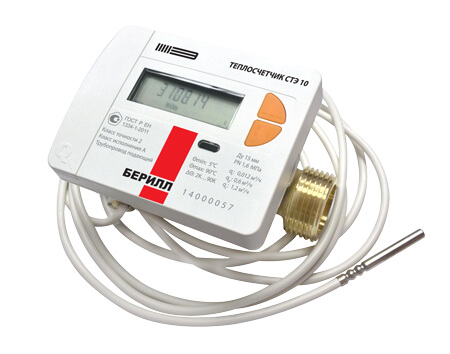
The device is a monolithic structure containing a flow meter, thermal resistance, calculator. These heat meters have the following nominal flow rates 0.6, 1.5, 2.5 m3/h
By installation, they are divided into:
Installed in the supply pipeline
Installed in the return pipeline
The differences in these heat meters are only in the convenience of installation on the supply or return pipeline. Please note that a heat meter intended for installation in a return pipeline cannot be installed in a supply pipeline, and a heat meter intended for installation in a supply pipeline cannot be installed in a return pipeline. This requirement is due to different formulas for calculating thermal energy.
According to the type of flow meter, apartment heat meters are divided into mechanical and ultrasonic.
Mechanical heat meters use a vane flow meter, similar to those used in water meters. The number of revolutions of the impeller corresponds to the flow rate of the passing fluid.
In ultrasonic heat meters, the ultrasonic principle of flow detection is used. The ultrasonic signal is directed upstream and downstream. Due to this, the difference in the signal transit time is determined. There are no moving parts in these heat meters, which makes these devices very reliable.
Scheme of the metering unit when installing an apartment heat meter:
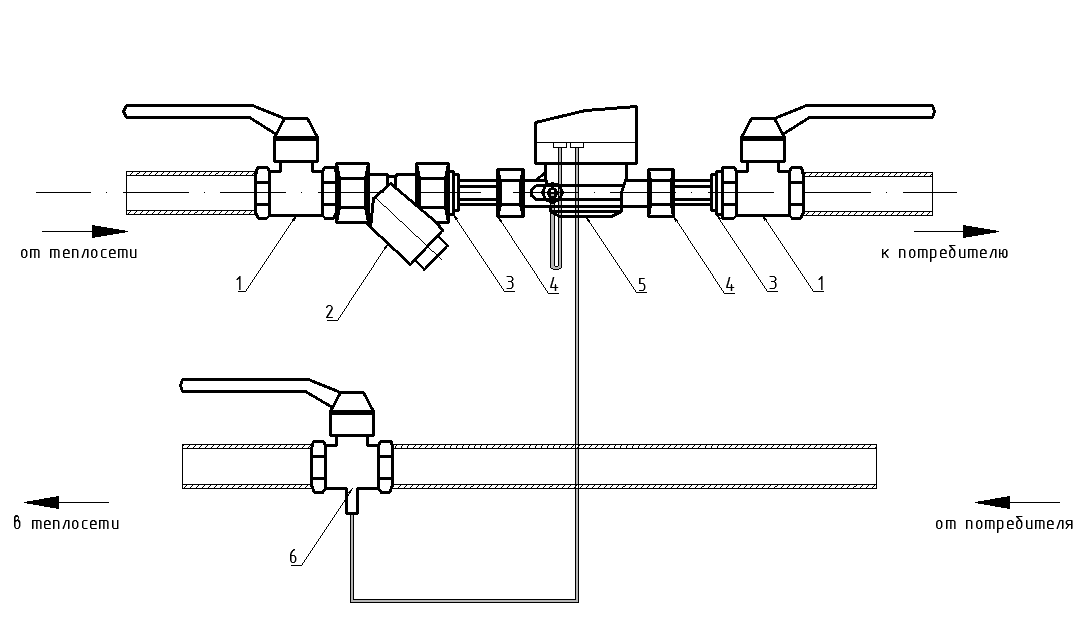
Scheme 1. Thermal unit of a private house
5 - apartment heat meter
Solution No. 2 Apartment heat meter with hot water meter.
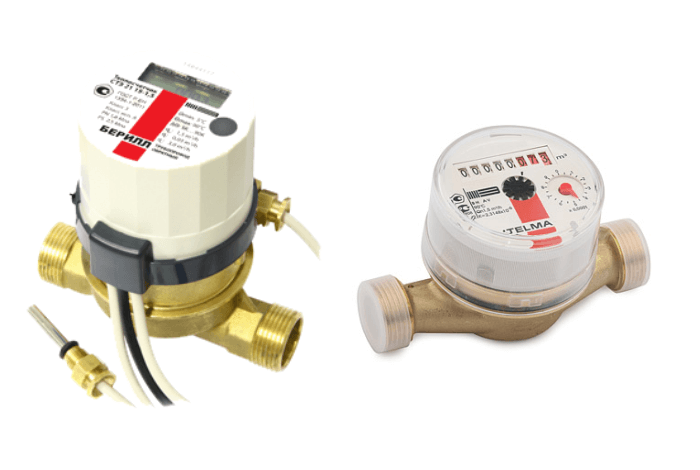
According to paragraph 98 of the Decree of the Government of the Russian Federation of November 18, 2013 N 1034 "On commercial accounting of thermal energy, coolant": ".. In open and closed heat consumption systems, the total heat load of which does not exceed 0.1 Gcal / h, at the node metering with the help of devices, only the operating time of the metering unit devices, the mass (volume) of the received and returned coolant, as well as the mass (volume) of the coolant consumed for make-up are determined ... "
Based on this, flow meters should be installed on the supply and return pipelines. This solution differs from solution No. 1, only by the installed hot water meter. Due to this, this heat meter fully complies with the rules for accounting for thermal energy.
Cost of works "Turnkey": *Approximate calculation of the cost of all works and equipment
Scheme of the metering unit when installing an apartment heat meter and a hot water meter:
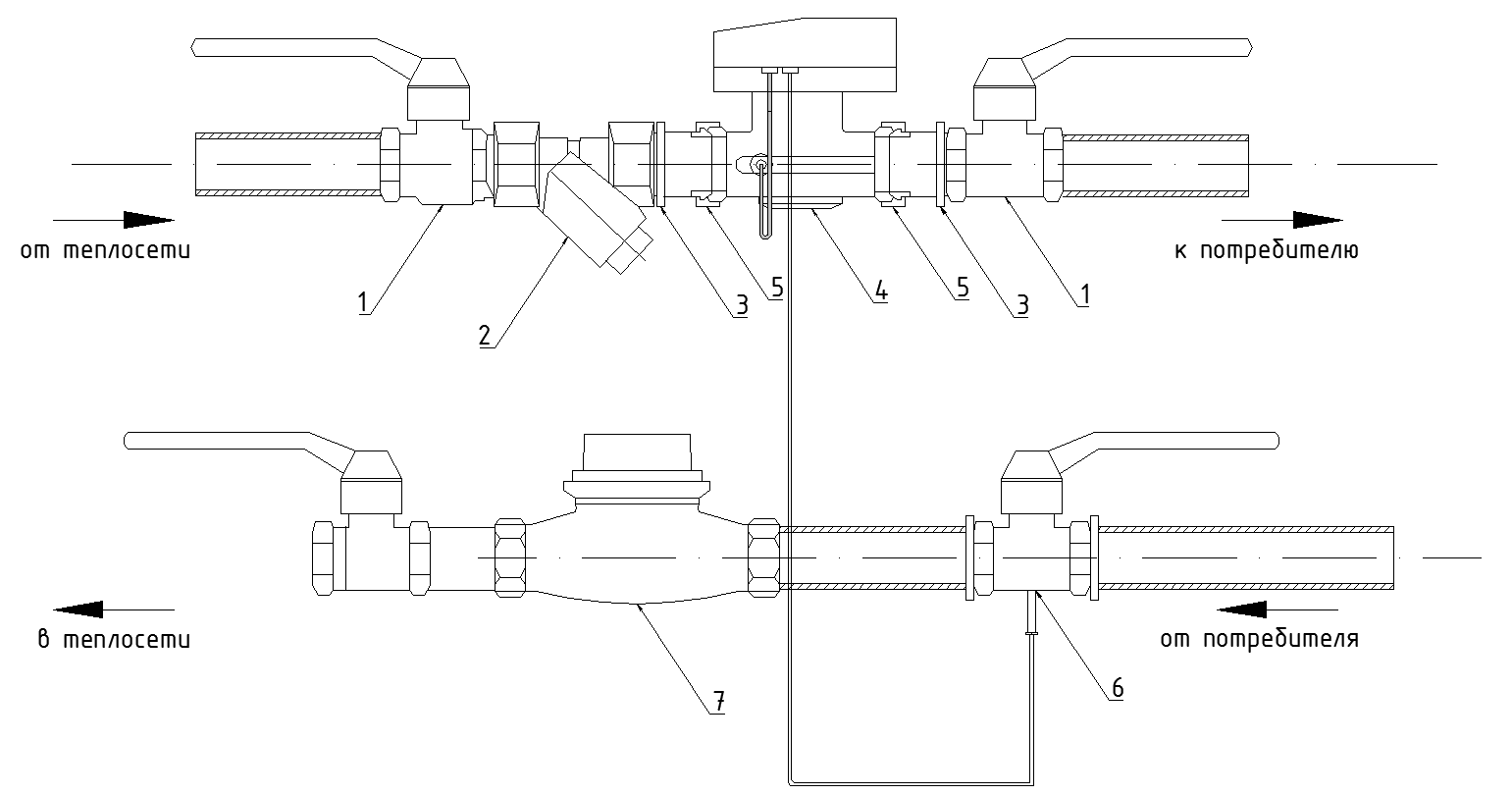
Scheme 2. Thermal unit of a private house
7 - hot water meter
Solution No. 3 Heat meter + 2 pulse hot water meters + Set of thermal resistances
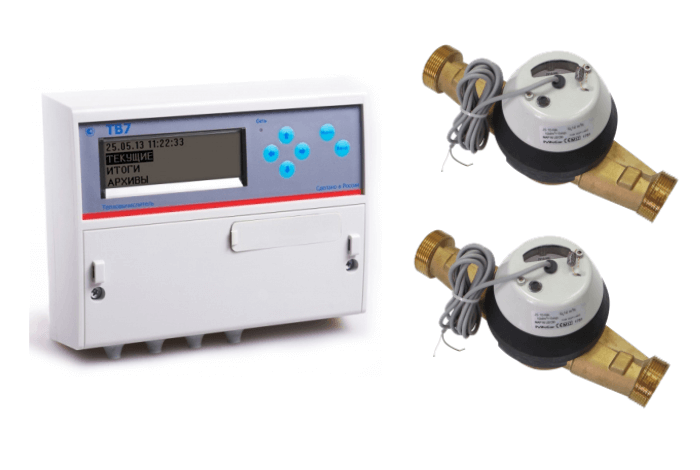
In this case, hot water meters with a pulse output are used as flow meters. They differ from conventional water meters by installed reed sensors for converting the rotating movement of the impeller into an electrical signal. The electrical impulse is transmitted to the heat meter registering device.
Also, signals from thermal resistances come to the heat calculator and, as a result of the values obtained from pulse meters and thermal resistances, the thermal energy is calculated. In this decision, an important condition for organizing accounting is the fact: with which hot water meters the heat meter is certified. For example, Sayan heat meters (Kombik, Prima) are certified only with Sayana water meters. While the heat meters VKT, SPT, TV-7 are also certified with other manufacturers of water meters.
Cost of works "Turnkey": *Approximate calculation of the cost of all works and equipment
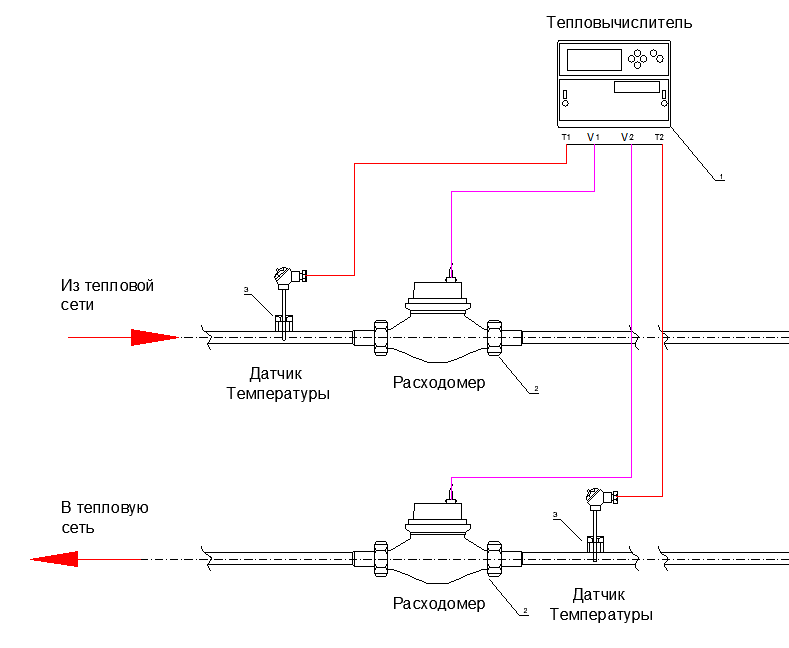 >
>
Scheme 3. Thermal unit of a private house
1 - heat calculator
2 - hot water meter with pulse output
3 - Thermal resistance
Let's summarize:
1. The main document for organizing a thermal energy metering unit is Government Decree 1034. An important condition, which is the presence of a flow meter on the supply, return and make-up pipelines (if any). According to this resolution, decisions No. 2.3 can be applied to organize heat energy metering. Solution #1 can be applied when there is no requirement to measure the flow in the supply and return pipelines.2. The price of organizing heat energy metering can vary from 13,500 rubles to 24,700 rubles.
3. In fact, there are other solutions for installing a heat meter in a private house. Such as a metering station on electromagnetic or ultrasonic flow meters, but these solutions are much more expensive than those offered. The presented solutions are selected according to the factor of accessibility for the population.
We have been writing this material for a very long time, we will be glad if you like it
